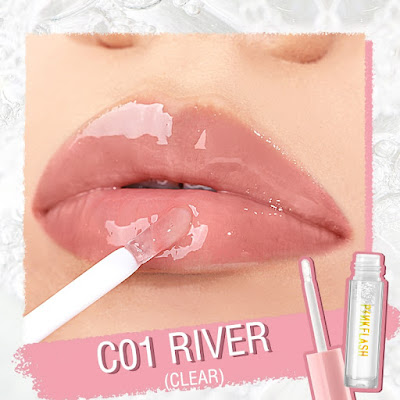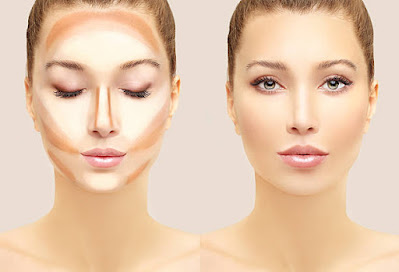Here are some ways to achieve a brighter neck complexion, but it's important to manage expectations and consult a dermatologist for personalized advice:
Lifestyle practices:
Sun protection: This is crucial. Regularly use sunscreen with SPF 30 or higher on your neck and reapply every two hours, especially outdoors.
Gentle exfoliation:
Get rid of dead skin cells with gentle physical or chemical exfoliants 2-3 times a week. Look for products labeled for facial use, as body scrubs can be too harsh.
Moisturization:
Keep your neck hydrated by applying a fragrance-free moisturizer daily. Look for ingredients like hyaluronic acid, ceramides, or glycerin.
Potential home remedies (consult a dermatologist before using):
Yogurt: Plain yogurt contains lactic acid, a gentle exfoliant. Apply a thin layer, leave it on for 15 minutes, and rinse.
Oatmeal: Oatmeal has soothing and anti-inflammatory properties. SSSSSMake a paste with finely ground oats and water, apply it for 15 minutes, and rinse.
Lemon juice:
Lemon juice is a natural lightening agent, but use it with caution due to its acidity. Dilute it with water and patch test on your inner arm before applying to your neck.
Over-the-counter products:
Look for products containing:
AHAs (alpha hydroxy acids): Glycolic acid, lactic acid (for gentle exfoliation)
BHAs (beta hydroxy acids): Salicylic acid (for unclogging pores)
Vitamin C: Brightens skin
Vitamin E: Moisturizes and protects
Professional treatments:
Chemical peels: A controlled application of chemicals to remove the top layer of skin and encourage cell turnover.
Laser treatments: Target pigmented areas and stimulate collagen production for brighter skin.
Creams and ointments: Prescription creams containing hydroquinone, retinoids, or corticosteroids can be effective, but require a doctor's supervision.
Remember, consistency is key. It may take several weeks to see results, and maintaining a healthy lifestyle is crucial for long-term skin health. If you have any concerns, consult a dermatologist for personalized advice and treatment options.































.jpg)























